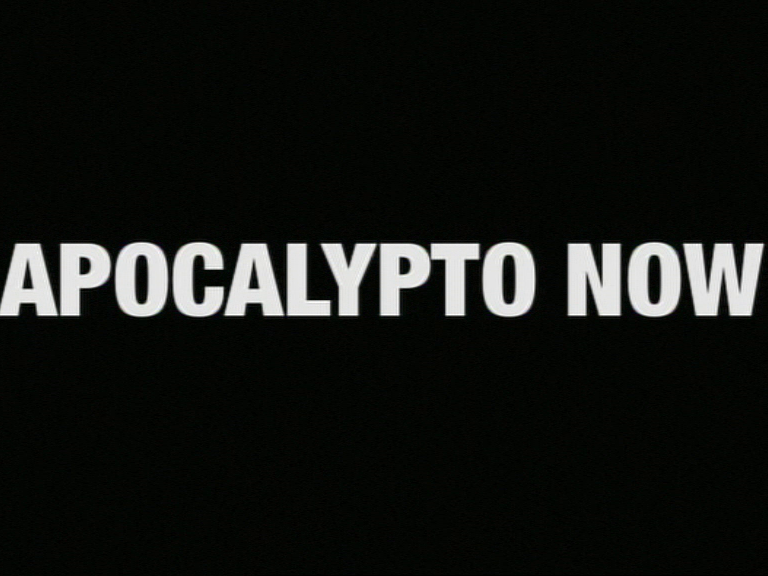The current exhibition "Brainwashed" in the Goetz Collection at Haus der Kunst is dedicated to the phenomenon of the pop-cultural mainstream. The assembled artists critically reveal commercial visual languages, their contradictory promises and clichés. We spoke with four of them about the background and current references of the video works shown in the exhibition.
Jonathan Horowitz, who lives in New York, devotes himself to various media such as video, sculpture, sound installation, painting and photography. He is known for his critical reflection and astute approach to controversial social and political discourses of our time. He addresses different forms of discrimination, whether in the context of media and manipulation or extremist attitudes concerning religion, sexuality or origin. Horowitz manages to expose uncomfortable truths about contemporary societies, often in a provocative way, and to question value systems in a tragic, humorous way.
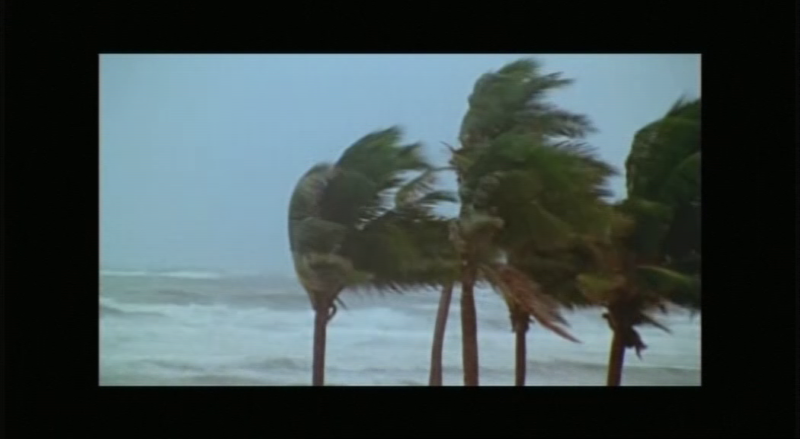
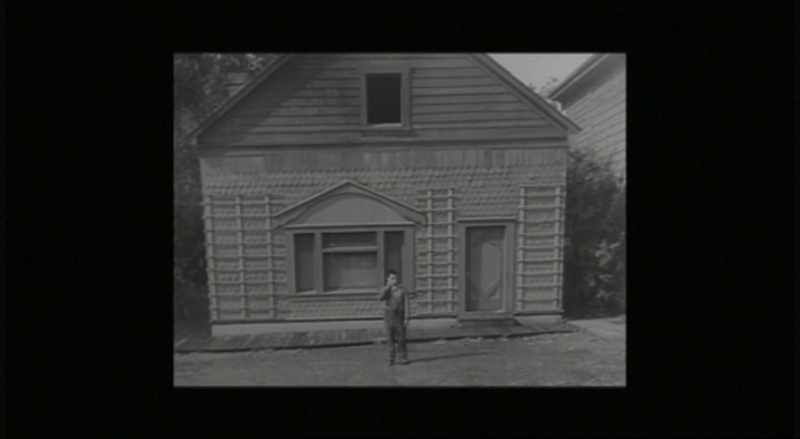
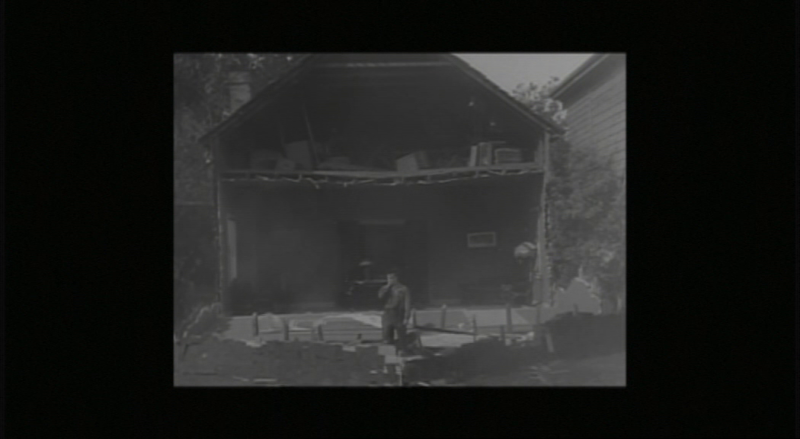
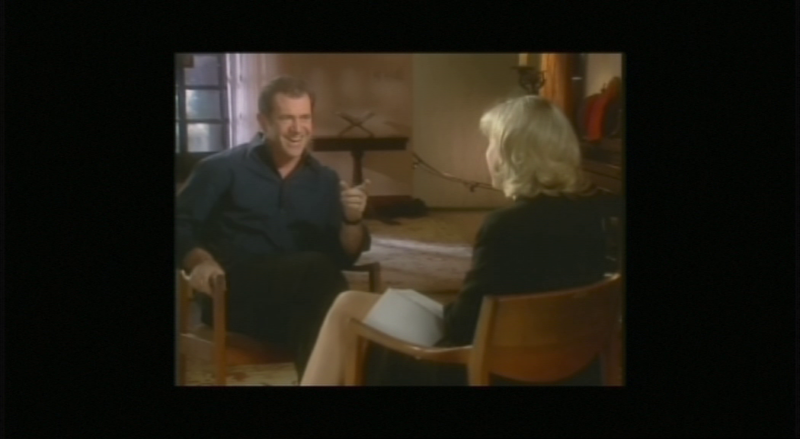
In Jonathan Horowitz’s Apocalypto Now, historical events and natural disasters are juxtaposed with exemplary scenes from the history of film using a montage technique. A central motif here is climate change, the apocalyptic extent of which Horowitz illustrates by means of all the floods, storms and fires that have been staged in feature films in a visually stunning manner. In doing so, he refers to culturalhistorical notions from the Apocalypse to the Crucifixion of Christ, drawing on their reception in over one hundred years of film history. In this way, he traces the interpretations of existential human threat scenarios.
The montages of feature film sequences and reallife disaster footage are accompanied by commentaries by the popular physicist Stephen Hawking and the director and actor Mel Gibson, who has aroused controversy due to his religious beliefs. In the juxtaposition of these fundamental oppositions, real and fictional catastrophes are reflected in terms of their interpretations, their dependence on cultural contexts and their respective consequences.
Interview with Jonathan Horowitz
Haus der Kunst: In which context was this work developed? What did motivate you to realize the work?
Jonathan Horowitz: Apocalypto Now was commissioned by Museum Ludwig. For the original installation, a room was built using recycled materials from previous installations at the museum, and the projection was powered by solar panels which I had installed on the roof of the museum. I was inspired by the story of how the US president Jimmy Carter had solar panels installed on the roof of the White House, which his successor, Ronald Reagan, immediately had removed when he came into office.
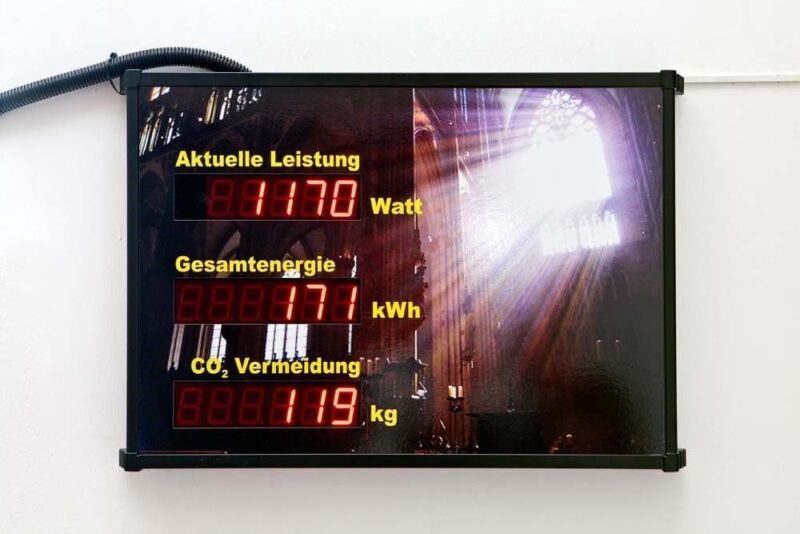
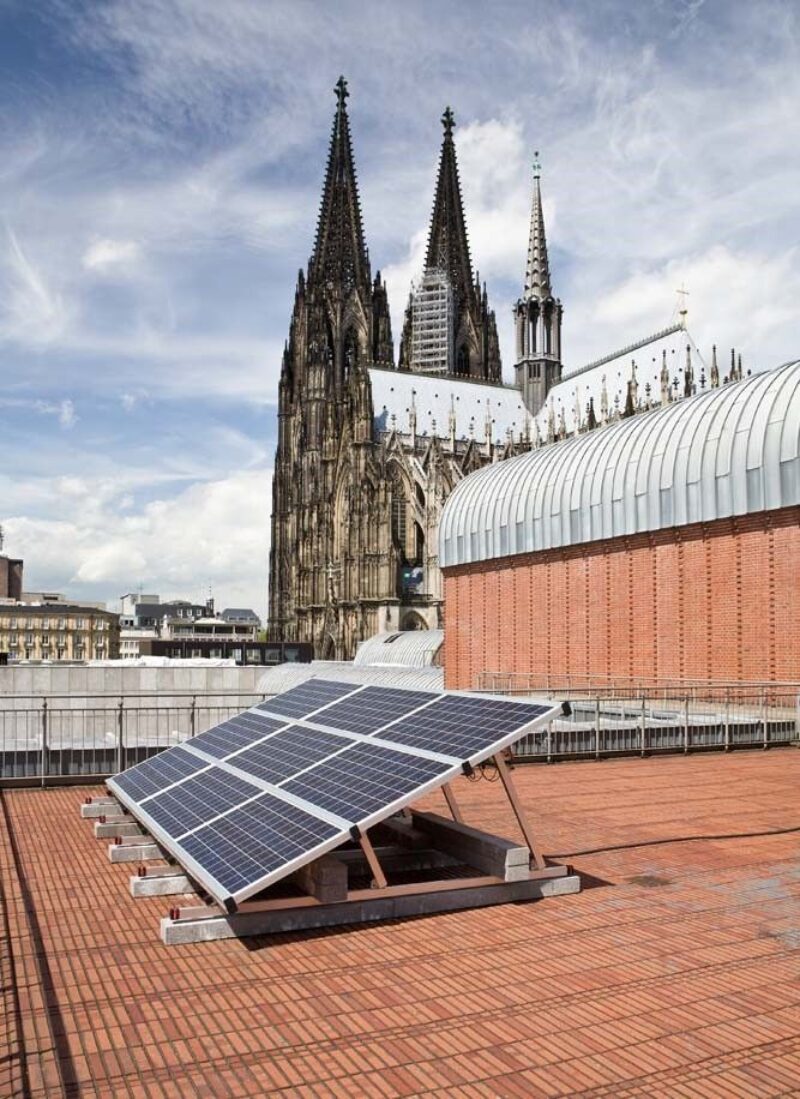
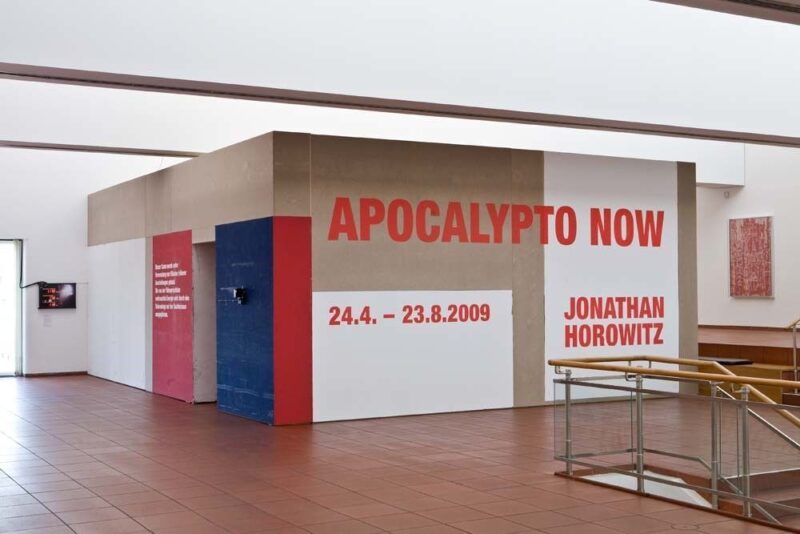
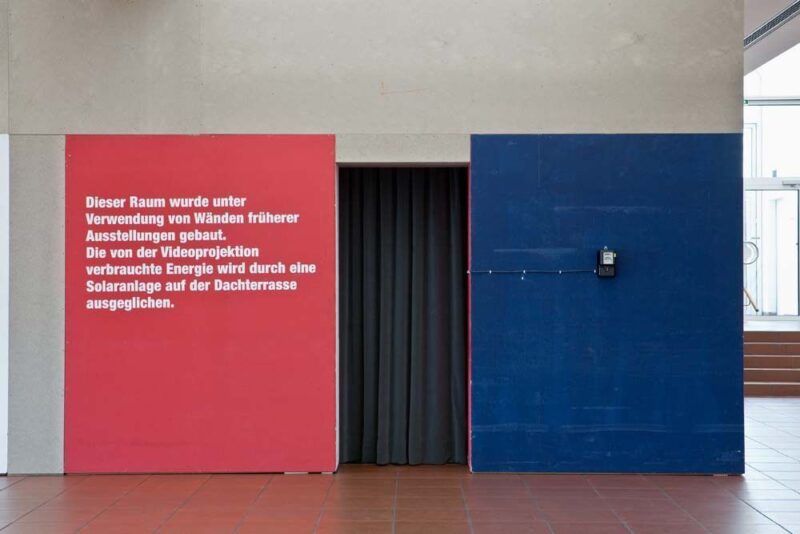
Haus der Kunst: What does this work mean to you?
Jonathan Horowitz: It’s about the fear of disaster, real and imagined, and the fantasy of it.
Haus der Kunst: What meaning implies Brainwashed in our media age nowadays?
Jonathan Horowitz: It’s not just that consumers of media are duped. People look for the lies that they want to believe, and it’s easier now than ever to find them.
Comment by Julia Heldt, curatorial assistent
A fascinating moment in the genre of disaster movies seems to be, that the viewers can feel safe in their cinema seats in front of all the apocalyptic scenarios they see on the screen. In Horowitz's Apocalypto Now on the other hand, it becomes clear just how much the scenes of destruction have actually become part of our reality. By means of montage techniques and overlapping cinematic references from film as well as equally news, reality and fiction seem to merge in Horowitz's work. With this circulation of images, Horowitz exposes the frightening simultaneity of parallel realities in media.
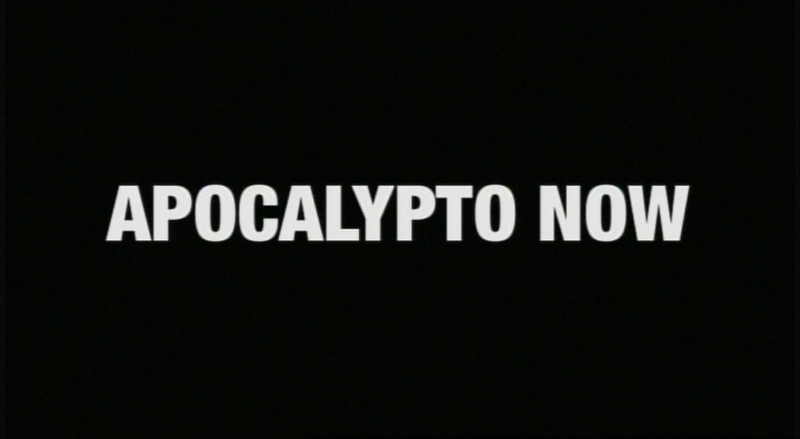
Apocalypto Now by Jonathan Horowitz is currently part of the exhibition "Brainwashed - Sammlung Goetz in Haus der Kunst", on view until 16.08.20.
